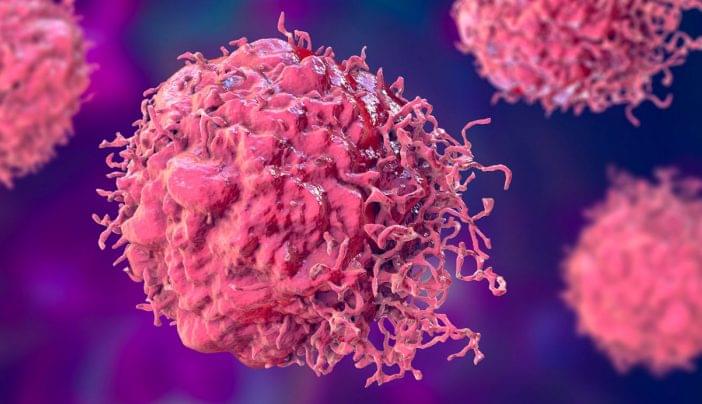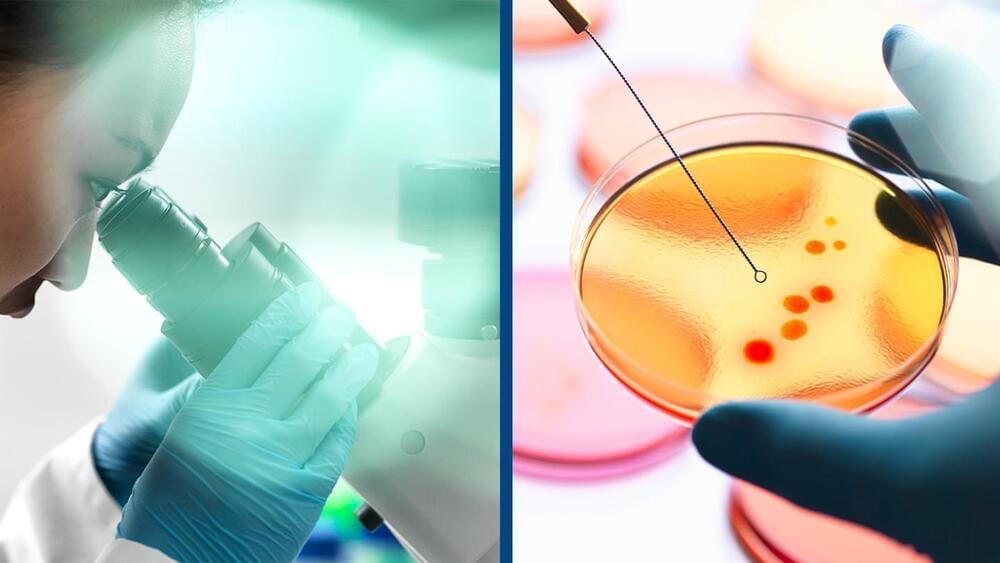GTC— NVIDIA today announced Project GR00T, a general-purpose foundation model for humanoid robots, designed to further its work driving breakthroughs in robotics and embodied AI.
As part of the initiative, the company also unveiled a new computer, Jetson Thor, for humanoid robots based on the NVIDIA Thor system-on-a-chip (SoC), as well as significant upgrades to the NVIDIA Isaac™ robotics platform, including generative AI foundation models and tools for simulation and AI workflow infrastructure.
“Building foundation models for general humanoid robots is one of the most exciting problems to solve in AI today,” said Jensen Huang, founder and CEO of NVIDIA. “The enabling technologies are coming together for leading roboticists around the world to take giant leaps towards artificial general robotics.”








